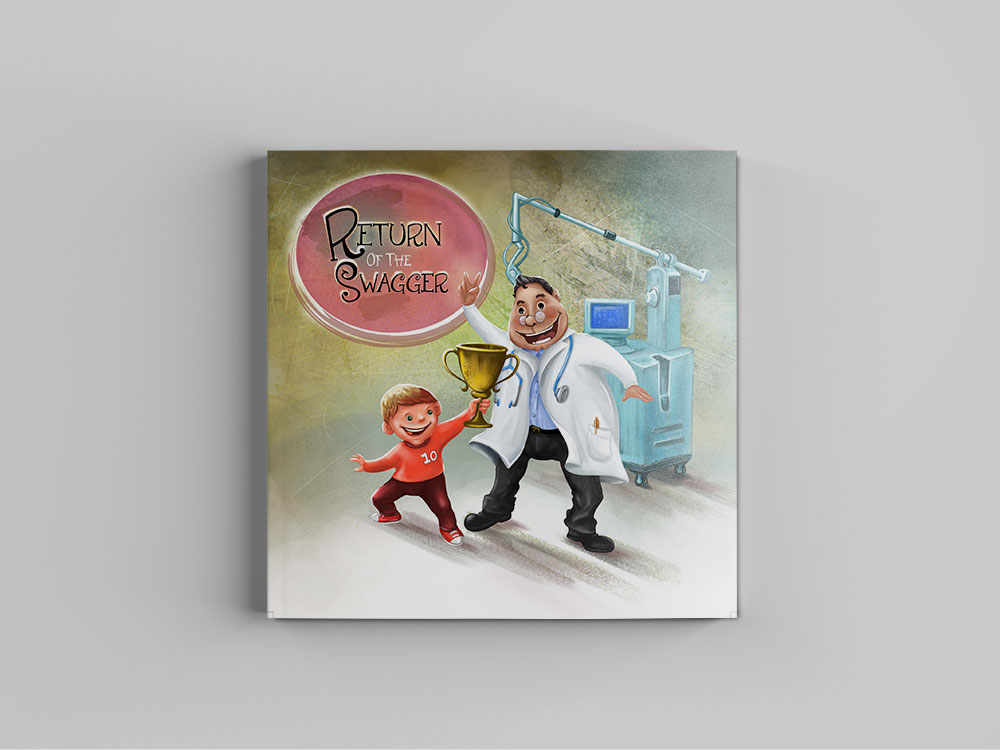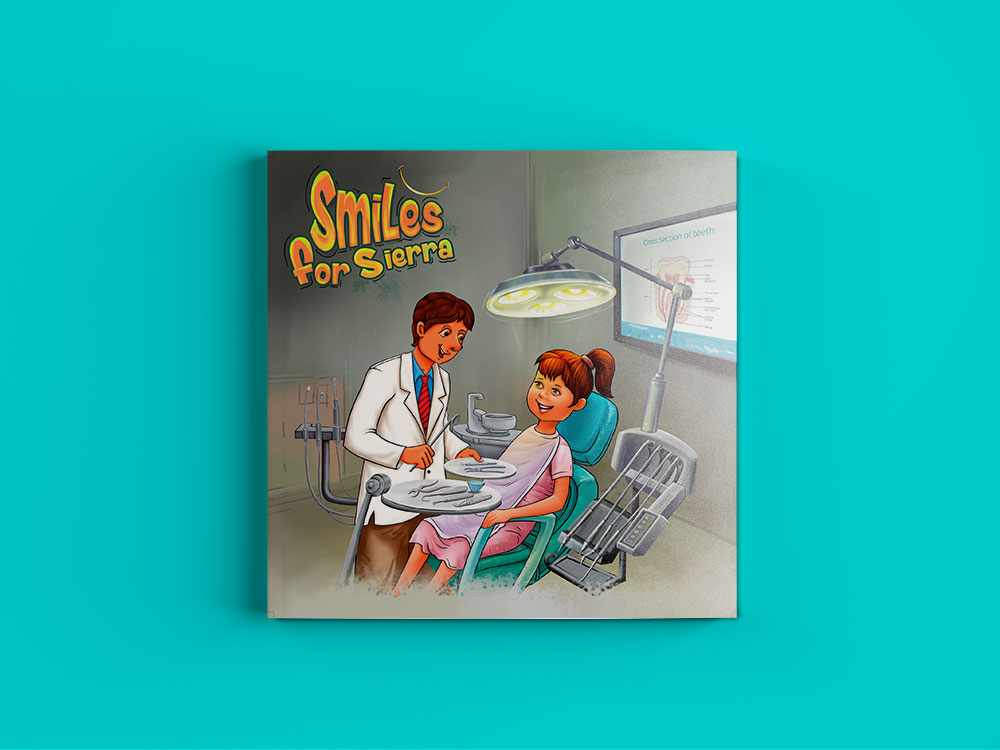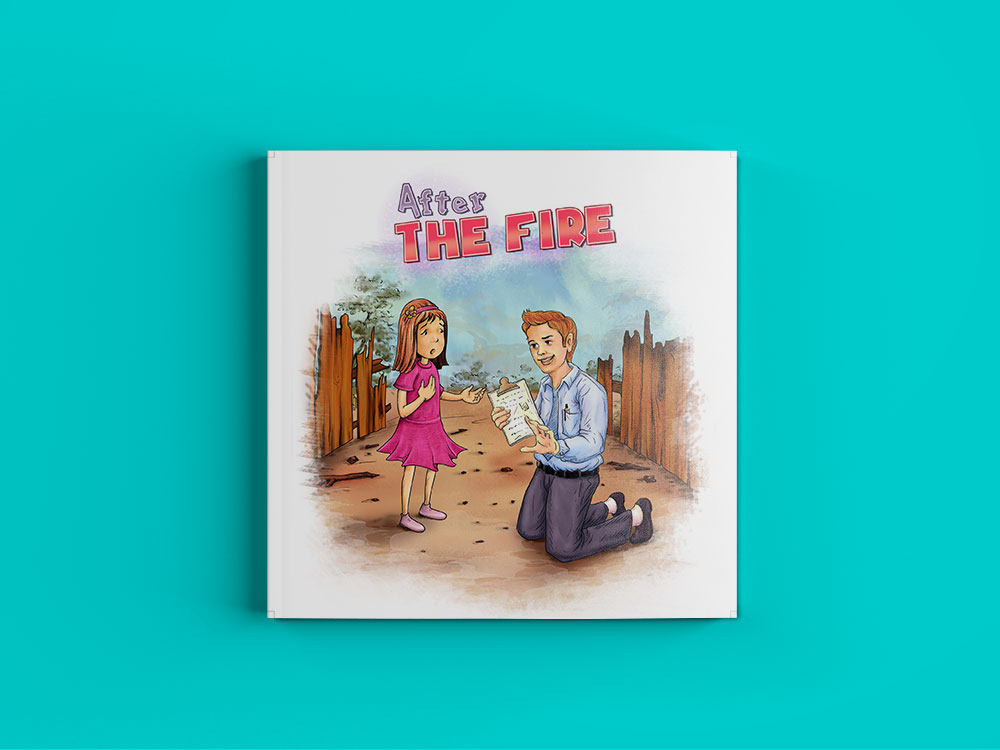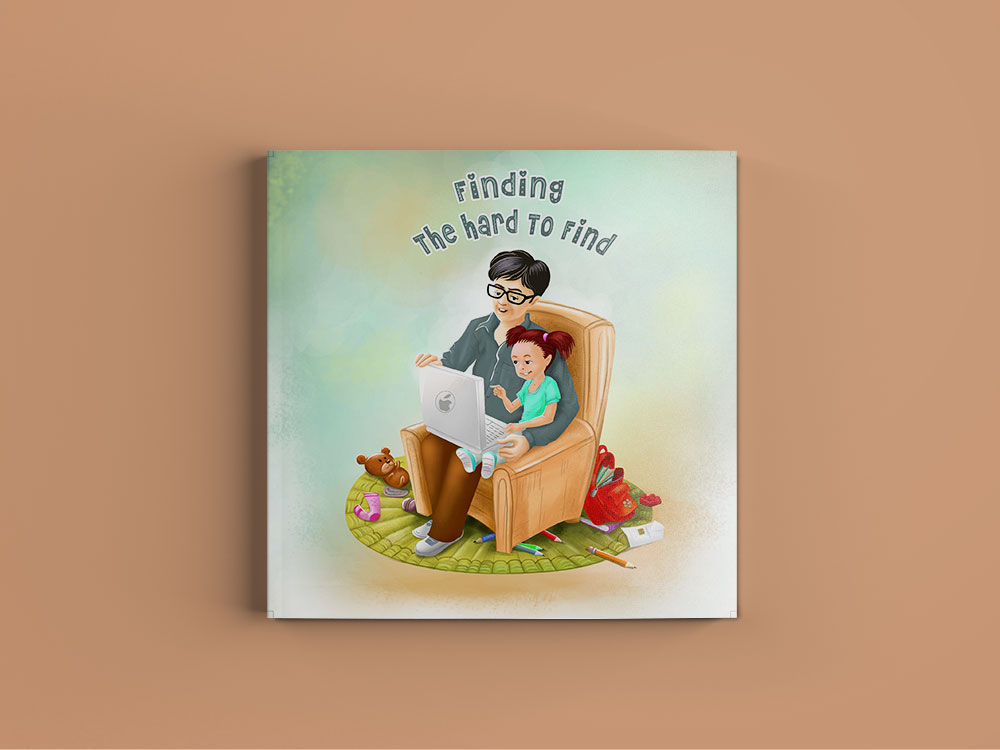How will I use a story book as a sales tool?
Think creatively!
Places you can use children’s books in content marketing:
-
Use the book as a leave behind after a sales call
-
Hand a story out at a trade fair
-
Send the book in the mail as an introduction
-
Put the book on your website as an attraction
The story book becomes a tool that your salespeople can use as a point of difference to make them stand out from the crowd.

Problem: Your sales force seems like every other sales person that comes in.
Solution: The storybook gives your sales force a unique piece of literature that is a talking point.
Problem: Sales material that is too company or product focused.
Solution: The storybook makes the customer the hero, and so it’s all about your customers. Your customers do their job extremely well while using your product as a tool for success.
Problem: For long sales cycles (like capital equipment purchases) the sales team is often out-of-sight-out-of-mind for most of the time. They are only thought about when it’s time to purchase new equipment.
Solution: The story book gives your salesforce a reason to go see the prospect, even if the prospect isn’t in an immediate buying cycle.
When the prospect reads the story to a child or grandchild, or displays the story in their office or waiting room, it is a reminder of the company that gave it to them.
Problem: Most people struggle to connect the dots between products and their features and benefits: how it makes their job better, easier, faster, etc.
Solution: When told through the eyes of a child, the typical marketing lingo is reduced to the simplest possible connection, making the features and benefits clear without the “sales talk”.
Problem: Most customers don’t read marketing pieces with intensity.
Solution: As a story, and typically a story that will be read to others, there is a framework already established that they will read every word from beginning to end.
Also, children typically ask to be read a story over and over again. If the story includes what their parent does, or helps them understand a parent’s job, then the emotional connection is created in the child and they continue to ask for this story.
Problem: Let’s face it, we’re all turned off by a direct sales pitch.
Solution: These stories are the stories of life, and similar to product placement in a movie or TV show, the equipment or services provided are placed in the story to explain how they are used, but aren’t a direct sales pitch.
Types of Stories we create
Your cause is the focus of the story. We'll create a unique storybook focused on what's important to you.
Customer as a Hero
Your customer is a hero because of what he or she does in their job, and they can do that because of the equipment they have: this is equipment that you provide.
For example: dental equipment
The dentist or dental hygienist is a hero, and they can be a hero because they’ve got your dental equipment.

Service Provider as a Hero
The service provider is a hero because he or she restores normalcy to a child’s world.
For example: an insurance agent
After a major disaster, the friendly insurance agent comes and restores order to the world of the child, as children crave normalcy and routine. Nothing is more important to a child!

Parent as a Hero
To children, every parent is a hero! Imagine if your child reads about their parent’s work in a storybook? They’d think that was awesome!
The child thinks: my parent is amazing because he or she works for your company and my parent does amazing things at his or her job.
This highlights your employees and the important jobs they do.

Product as a Hero
Your products are amazing! The items you create make the world a better place through the eyes of a child.
For example: laser eye correction.
A child couldn’t see very well, but after laser eye correction the child can run, shoot baskets, and do the things that other kids could do.




